Alcazaba de Málaga
( Alcazaba of Málaga )The Alcazaba (Spanish: [alkaˈθaβa, alkaˈsaβa]; from Arabic: القَصَبَة, romanized: al-qaṣabah, pronounced [alˈqasˤaba]; lit. 'citadel') is a palatial fortification in Málaga, Spain, built during the period of Muslim-ruled Al-Andalus. The current complex was begun in the 11th century and was modified or rebuilt multiple times up to the 14th century. It is one of the best-preserved alcazabas in Spain. The Alcazaba is also connected by a walled corridor to the higher Castle of Gibralfaro, and adjacent to the entrance of the Alcazaba are remnants of a Roman theatre dating to the 1st century AD...Read more
The Alcazaba (Spanish: [alkaˈθaβa, alkaˈsaβa]; from Arabic: القَصَبَة, romanized: al-qaṣabah, pronounced [alˈqasˤaba]; lit. 'citadel') is a palatial fortification in Málaga, Spain, built during the period of Muslim-ruled Al-Andalus. The current complex was begun in the 11th century and was modified or rebuilt multiple times up to the 14th century. It is one of the best-preserved alcazabas in Spain. The Alcazaba is also connected by a walled corridor to the higher Castle of Gibralfaro, and adjacent to the entrance of the Alcazaba are remnants of a Roman theatre dating to the 1st century AD.
The Gibralfaro and the hill on which the Alcazaba is built was previously occupied by Phoenicians since around 600 BC, and remains of a Phoenician fortification wall have been uncovered there.[1][2] During the Roman period of the city (after 205 BC), the area was occupied by a Roman villa and industrial facilities.[2][1] A Roman theater, excavated and visible today, was built into the western slope of the hill in the 1st century AD.[3] After the Muslim conquest of the Iberian Peninsula in the early 8th century, historical sources mention the existence of a fortress on the hill, constructed by Abd ar-Rahman I (r. 756–788) and including a mosque inside.[2][1]
The current Alcazaba was begun by the Hammudid dynasty in the early 11th century, probably under the reign of Yahya I (r. 1021–1036), from which time some of the preserved palace architecture may date.[2][4][5] Following the capture of Malaga by the Zirids of Granada in 1056, some additions were made during the reign of Badis (d. 1073), possibly the double-walled fortifications or a wider reconstruction.[2][4] In the early 14th century, when Malaga was under the control of the Emirate of Granada, the Alcazaba was largely rebuilt by the Nasrid emir Muhammad II, including the fortifications and the palatial residences.[6][2] The Castle of Gibralfaro, on a higher hill to the east, was built by the Nasrid emir Yusuf I (r. 1333–1354), also on the site of previous fortifications. Yusuf also built a walled corridor connecting the castle with the lower citadel, creating a nearly impregnable fortified complex.[7]: 159 [8][2]
In a crucial event near the end of the Reconquista, the Spanish monarchs Ferdinand and Isabella captured Málaga from the Muslims during the Siege of Málaga, which began on 6 May 1487 and ended with the surrender of the city on 18 August that same year.[7]: 159–163 After their victory, the monarchs raised their standard at the Torre del Homenaje in the inner citadel.[citation needed]
Starting in the 18th century, the Alcazaba's military function ceased. It was occupied by civilian residents and became a marginal neighbourhood of the city. Starting in 1933, under the direction of Leopoldo Torres Balbás, the residents were evacuated and restorations of the Alcazaba began, along with archaeological investigations.[1][9]
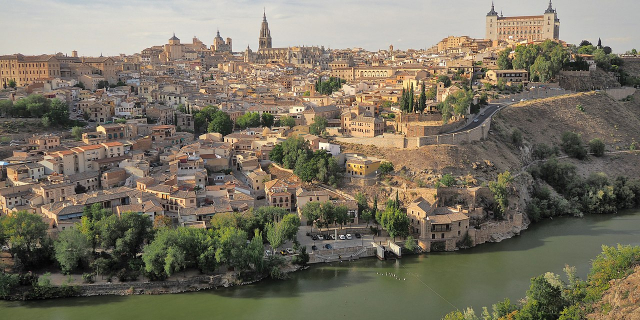





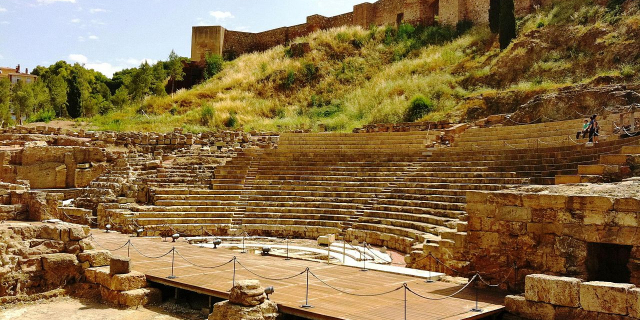





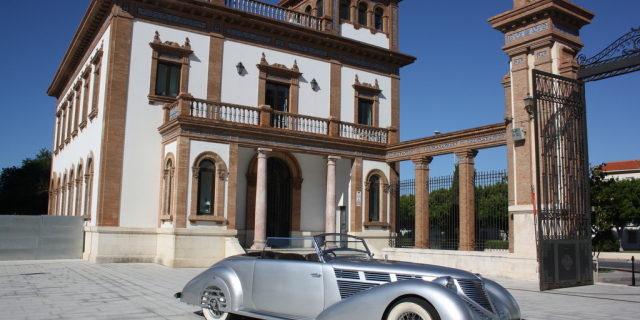




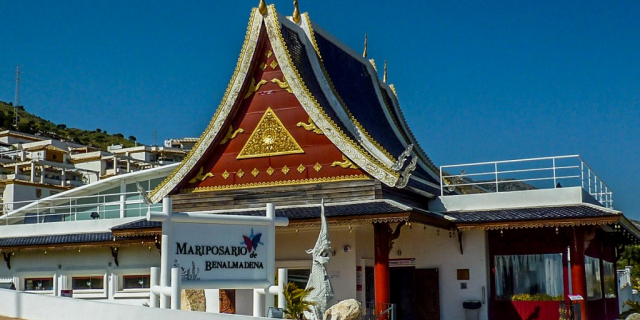
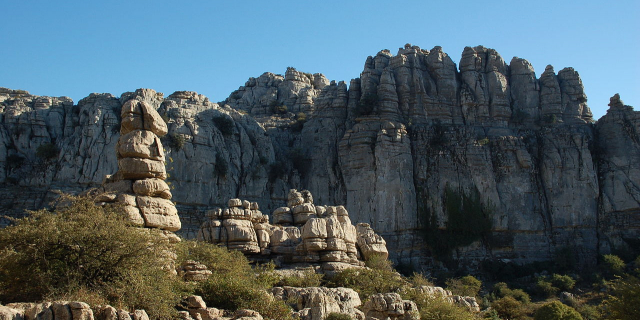



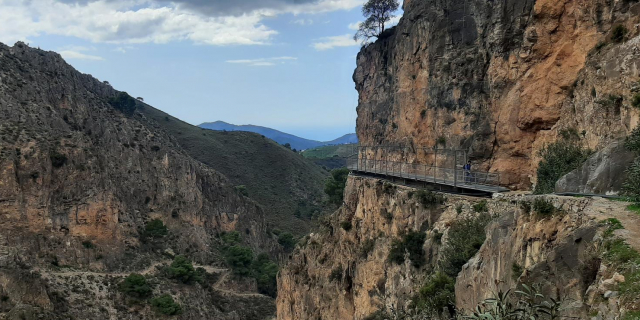


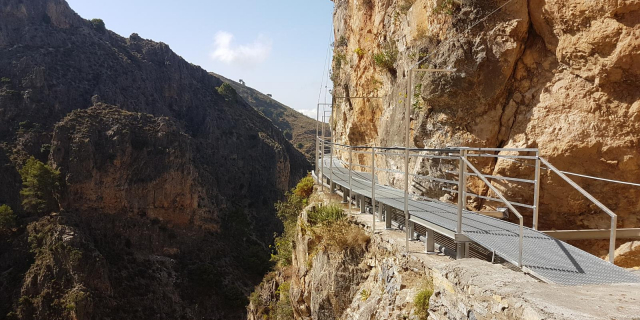

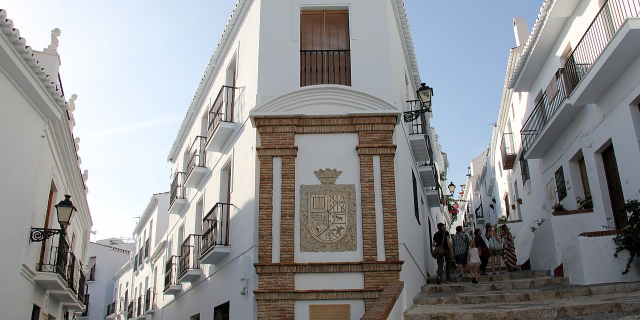



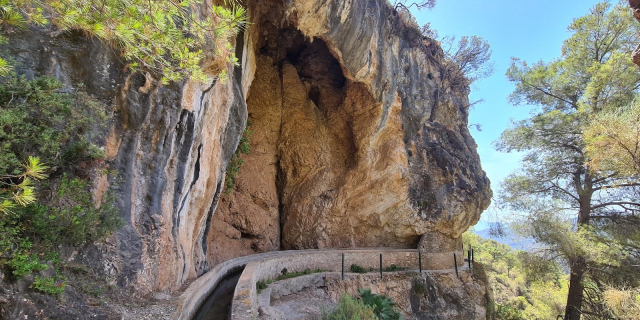

Add new comment